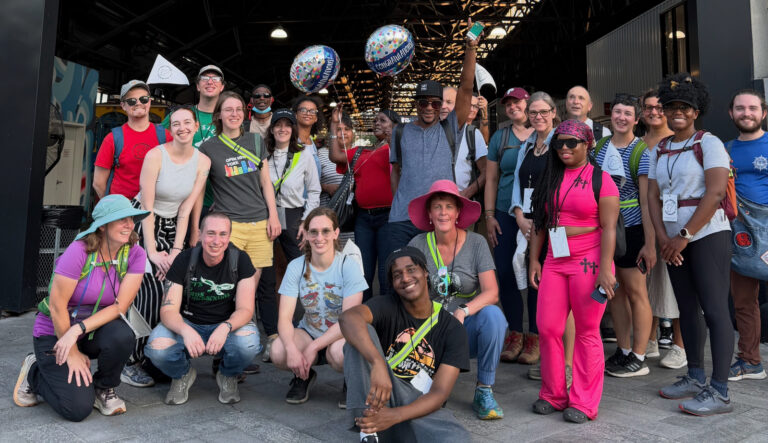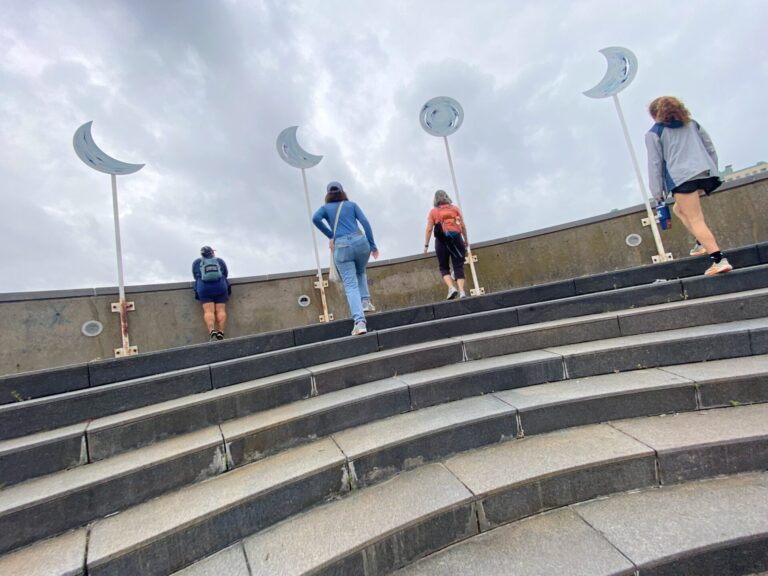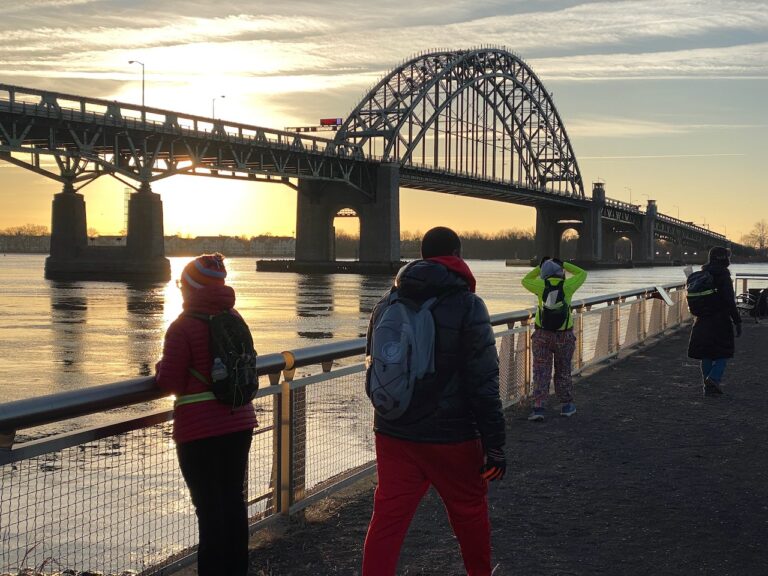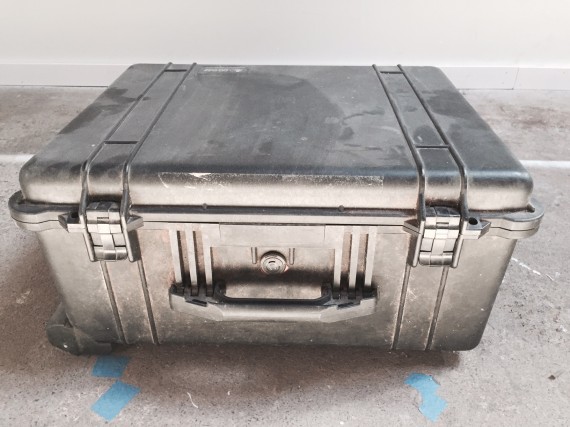
This box has over a million images in it…
… and I’m giving them away.
I recently hosted a special shindig, one of whose purposes was to make an announcement:
For the next year, I’m making my archive available for unlimited free high res downloads.
If you’re reading this, you probably know at least one person that I’ve photographed. A lot of communities that I’ve documented over the last decade might benefit from this offer; I’m going to need your help to get the details of the million-picture-givaway out to all of them.
Read on below for more about the event, along with the how and why of the million-picture-giveaway…
NOTE: there’s a lot going on in this post. Here’s what’s in store for you:
-
-
- 1. The latest incarnation of How Philly Moves
- 2. Why I’m making my images free to download
- 3. What went missing when the darkroom went away?
- 4. Success, sustainability, and the fear of failure
- 5. What does my community want me to photograph next?
(your input, please) - 6. A humble request for your help in continuing to make this work
- 7. How to access the million pictures (and how you can use them)
- 8. Bonus: Lentil soup for 300: My recipe, and thanks
-
First, How Philly Moves:
The Feb 7 shindig was multi-purpose: an opportunity for me to share some news, get some input, celebrate my 36th birthday and more, but first and foremost, it was an opportunity to share results from the most recent incarnation of my How Philly Moves project. Wanting to be able to continue to do this kind of work is why I’m going to ask you to become a sustainer if you aren’t already.
I’ve been doing this project since spring of 2008, and it got some major extra visibility with a huge mural at the airport and projection project at the Kimmel Center in 2011, but the goal has always for it to be a continuing series of events.
Over the course of three days, I photographed ~125 Philadelphians of all sorts, dancing however they pleased. Much like each other incarnation of this project, it was pretty amazing.
Rather than go on forever about what a sheer delight this project is, I’d like to invite you to watch this beautiful short film about it by Ellen Reynolds:
It was so great to be able to screen this film in a proper theater space at Neighborhood House, and share some good news: we ended up with at least one image that I’m proud of for every single one of the sessions.
(This wasn’t a given, since I don’t pose the dancers, and have under ten minutes with each set. I was also intentionally working at slower shutter speeds to create images with more interesting movement blur to convey the energy of their dances, but to pull that off requires my perfectly synchronizing the camera’s movement with that of the dancer… this is hard. as. heck.)
A few of the images are here, and the participants will be perusing the whole batch of them.
(I kept about 8,000 frames of the ~16,500+ that I shot)
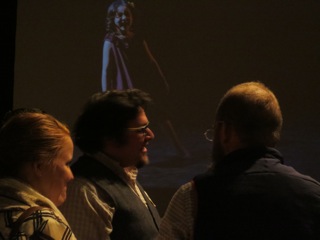
It was great to be able to share a slideshow of some of the images with everyone gathered there. But even greater was this bit of news that I had to share:
I’d promised each of the HPM participants a free high res download of the image of their choice. But this year I decided to expand that, and give them unlimited access to those images. And why stop there? I’m doing the same for all of the earlier images from the series.
And why stop there?
I told the crowd that I’d expand that offer to everyone that I’d ever photographed.
More on how exactly that will work is below.
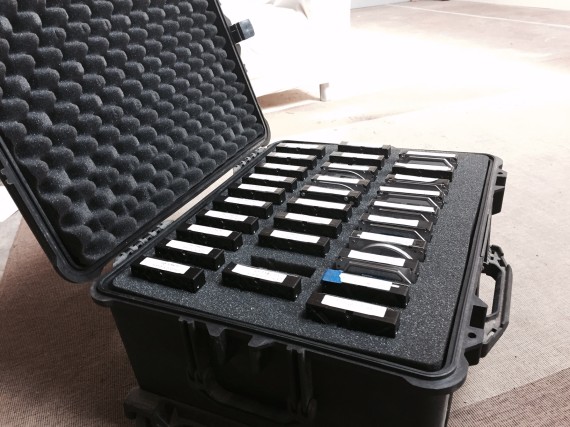
Why give away my pictures?
Why do this thing that goes against everything that I’ve been taught about how to value and control my work?
Here’s the basic realization that I’ve had:
My work is simultaneously worthless and priceless.
(Of course, my work is plenty valuable when people hire me to create new images. But here I’m talking about the million+ archived images here that I’ve already created and that I spend a lot of time administering.)
The style and subject matter of my work simply don’t have any value in the stock photography market. It was meant to be given as a gift. The vast majority of my images are very specific, and mostly of subjects that our society doesn’t value much. Once in a blue moon, I’ll get an image use request that might be worth negotiating over, but for the most part…
Here’s where people ask me for old pictures:
- Beloved artist crises :
An artist whose work I’ve documented needs images for an article, grant application or promotional activity of some sort. Without fail, the need is urgent; a hard drive just crashed, the grant’s due tomorrow, etc… 99 times out of 100, this is a friend, or someone who’s work I love and actively want to support; someone whose crowdfunding campaign I’ve already contributed to myself, and who can’t afford the kind of fees that justify maintaining this archive. - Urgent activist needs:
A publication opportunity related to a cause that I’ve already supported with my work. Again, this is something that I want to champion, a place where I think that my images can have the most impact – but again, 99 times out of a hundred, the need is last minute, and the budgets are nonexistent or so small that it’s simply not worth haggling over. - Memorial services:
This is the hardest one, and the one that’s starting to happen more and more frequently. Everyone is photogenic, and everyone is also mortal. I get emails saying “So and so just passed away unexpectedly. You have some beautiful images of them from X event years ago. Can we get them for their family?” … and of course, these requests have a sense of urgency as well.
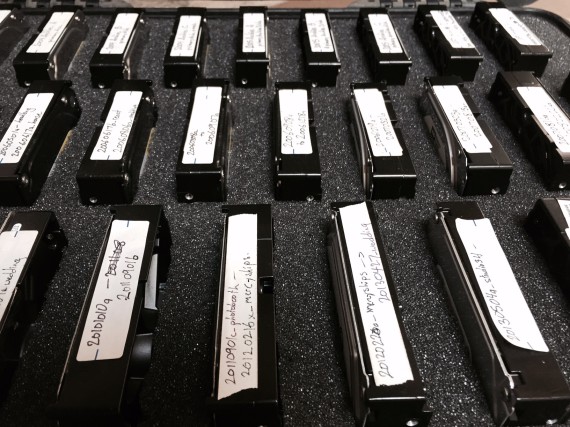
When someone asks me for an image, the thing that I am supposed to do as a professional photographer is ask “What are you going to use it for, and what kind of budget are you working with?”
But in all of these cases, which are far more community use than commercial use, my heart’s answer is always “Yes, of course, I’m happy for you to use the images, I don’t care what your budget is, and I’ll do my best to get it to you as soon as possible.”
…which really brings home the point that in my heart, I’m not really a professional photographer at all… much more of an amateur photographer. (The word ‘amateur’ has negative connotations of poor quality, but the word comes from the latin ‘amare‘, which means ‘to love‘. And that’s what motivates my image-making.) The traditional copyright based models that are based in scarcity economics have never felt right to me, especially now that digital technology enables such abundance of creation and sharing.
That’s why I’m now going to simply give them all away. Not only will it generate a lot more value for my community, but it will also free me of this perpetual internal conflict of trying to argue over what a picture is “worth”. It’s much simpler to call them priceless, and offer them as a gift. And making them all available in one big preemptive push will make the administration of it much easier than fielding urgent requests haphazardly.
What happened in the darkroom:
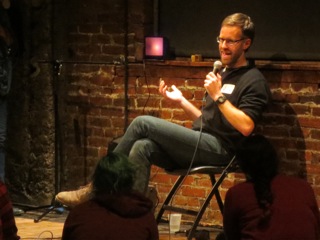
The Feb 7 shindig was a great opportunity to share some thinking that I’ve been doing about all of this.
It took me a long time do any serious reflection on my work at all, because the transition to digital technology took away the processing time that used to be built-in to my practice.
Photographers went into the darkroom not just to process film and prints, but also to process experiences. It was a quiet, contemplative practice that forced one to step away from the rest of the world for a significant, uninterrupted period of time. After expending a lot of energy outwards through one’s eyes, it was an opportunity to close them, stop trying to see so hard, and listen to what one was feeling. It’s only now that I’ve been able to reclaim this space in my life, and I even set foot in a for-real darkroom to process a few rolls and make a few prints… my first time in a dozen years or so.
(For more on this, Susan Richardson’s “Finding work/life balance in the darkroom of the soul” piece for NewsWorks might be of interest.)
Of course, not everyone’s had the experience of physically being in a photographic darkroom with enlargers and trays of chemicals and what not, but it’s not actually that hard to experience a darkroom. You simply turn out the lights!

Since we were in a theatrical space, it was a perfect opportunity to have an extended blackout, replicating the experience of being in an actual darkroom.
It was pretty amazing; you could feel the energy of the crowd shift. The stillness was total. Friends later told me that they felt everyone’s breathing shift and slow around them.
Of course, photographers have always known that the dark is as critically important as the light. It’s how we make pictures, by carving out contrasts between the two. And even when we went into the darkroom, we found a safelight. (We replicated this effect with some red-gel theatrical lighting. Thanks to Peter for his technical help, and to Kati for capturing this little clip.
(I’ve been trying to make a point of spending more If the idea of being in the dark is uncomfortable to you, I’d invite you to read “Learning to Walk in the Dark” by Barbara Brown Taylor; she does a great job of finding the safety and wonder in that place of unknowing.)
Things that I am afraid to say out loud:
Sometimes it’s hard to be seen.
That’s why I so admire all of the Philadelphians who are willing to participate in How Philly Moves. Or anyone else who’s willing to let down their guard and pretense and just be photographed as they are. But while it’s easy for me to say that everyone else is photogenic, it’s harder for me to come out and be seen myself.
Of course, I spend a lot of time and energy in a public mode, being a ‘creative connector‘ and doing the shameless self promotion that seems necessary as a freelance artist. (like writing this post…)
But this was different.
I could feel my throat tighten, as this was the place where I had to shed some of my positive PR spin where I always say that everything’s great, and admit the real challenges that I’ve been facing in trying to reconcile these diametrically opposed principles of photography as a commercial practice and a community one.
I had to recognize that I’ve spent a large part of the last decade in fear. Trying to photograph both as a commercial service provider and as an activist makes for a poorly run business and invites a lot of tension.
I may have my name on the largest work of public art in the city, but that project almost drove me out of business. I may have a lovely little studio space (so key for beginning to build healthy boundaries), but only because I’ve been grandfathered into a pretty sweet deal on rent. I might have been able to create a part time job for a pretty awesome assistant for a time, but only because I wasn’t actually paying myself.
At every step it’s seemed like my priorities are at odds with the world’s, and that’s led to a lot of confusion and frustration, which has in turn led to my being confusing and frustrating to others. All of those images in the portfolio section of my site are ones that I’ve spent money making rather than being paid for. And I’ve spent most of the last decade not actually knowing what my job description is!
But that can change. And it is.
I’ve been making a point of reclaiming that darkroom time, getting some perspective, and slowly clarity is emerging.
It was extra appropriate that the evening had started with a gorgeous set by the amazing Monica McIntyre, who sang:
 “I gave away my fear to the river,
“I gave away my fear to the river,
I gave away my pain to the wind,
I gave away my sorrow to the sunshine,
I’m free again.”
Her music never ceases to inspire me. The next verse of that song is: “I packed up my baggage, and I set it free.” … which is exactly what it’s time for me to do with all of these images that I’ve been hoarding.
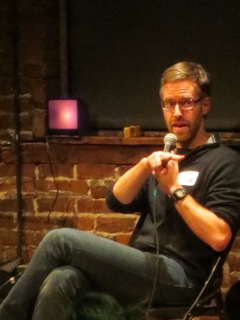
This is where it got easier:
It’s amazing how once you can clearly name a problem, a weight is lifted.
Once you take the time to figure out where you are, you can figure out what your next steps should be.
And you can start to ask for the help that you need.
The first thing that I asked the audience, (and that I’m now asking all of you) is to help me spread the word about the million-picture-giveaway through all of the communities that I’ve photographed.
If you’ve read this far, odds are that I’ve photographed someone you care about. Can you share this post with them?
If I were to get run over by a bus tomorrow, all of the potential community value of that archive would simply be wasted. Hence the giving them away now.
This work has connected me to a lot of beautiful humans. That’s an amazing gift, but also sometimes a bit overwhelming, as I don’t have the bandwidth to deal with each image individually; that’s simply too much. But with your help to do the outreach, and the availability to make them downloadable in batches from different events, it becomes doable. Can you help me spread the word?
Needing your input:
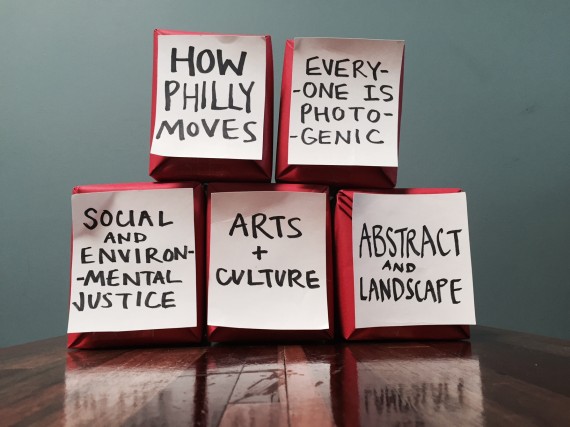
Giving away the photographs that I’ve already made is one thing, but what kind of images should I make (and continue to give away) next?
Now that I’ve got a more realistic sense of my actual capacity, I’ve got to make some choices as to what to prioritize.
I took advantage of having some of my community gathered at the shindig to ask for their input as to where they’d like to see me put my time and resources. I gave everyone some raffle tickets, and asked them to distribute them according to five areas of focus that I’d like to work on in those cute little red boxes.
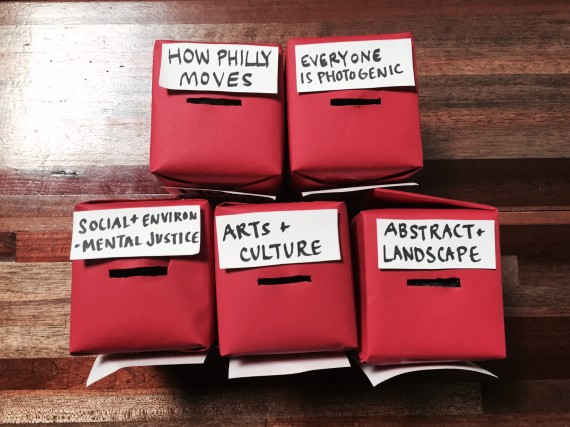
What would you vote for?
Should I continue How Philly Moves? Devote all of my available energy to support social and environmental causes? Only do landscape photos and more images, or keep trying to show that everyone is photogenic?
In my ideal world, HPM would be a regular yearly happening. I’d host a regular series of sliding scale community portrait sessions, devote a chunk of resources to creating images that support the artists and activists that inspire me. and also carve out more time for the really personal work like my tree pictures or swirls.
But the reality of it is this: I’m mostly a full-time wedding photographer, and that’s hard enough work; it doesn’t have the kind of margins that lend themselves to sustainably doing a lot of other public art or community activism. In asking the attendees to vote with their tickets, I was trying to get some information.
If all of the tickets went in the HPM box, maybe I should really focus on that. If it was empty, then maybe it’s time to wind that project down. Same with the others. Have you figured out how you’d cast your votes?
The (totally non-scientific) results:
- How Philly Moves – 236
- Everyone Is Photogenic – 264
- Social & Environmental Justice – 245
- Arts & Culture – 158
- Abstract & Landscape – 224
What conclusions do you draw from that? There’s some variation, but no empty boxes… it seems like folks agreed that there’s some sort of value to all of these different facets of my work.
Your chance to vote:
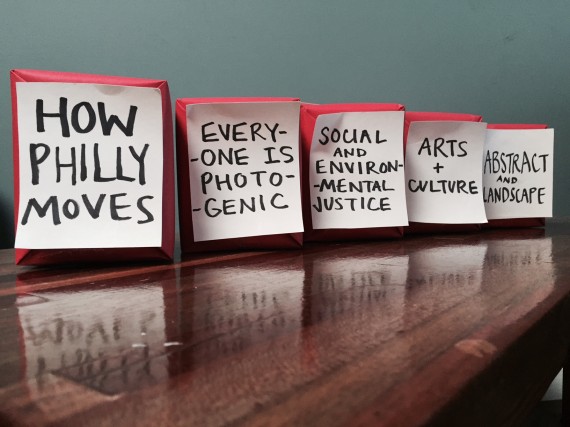
Didn’t make it to the event, but want to give me a sense of your priorities?
I’d love to have your input: use this form; it’ll take just 30 seconds.
Asking for your help:
At this point, I’d already asked for help in distributing all of the images that I’ve made so far, and I’d asked for help in steering which way my work would head next.
Now it was time to ask for help in actually making it.
Up to this point, I’ve about 30 generous individuals regularly supporting my non-commercial work through small monthly contributions via my fiscal sponsor. This is already amazing, but for me to sustainably keep doing this work (without also having to take 65,000 wedding pictures a year like I did in 2003-2007), I’d probably need over a thousand monthly sustainers onboard.
Did I mention that I got 338 RSVPs for this shindig? If that many folk signed up as sustainers, I might be able to comfortably devote a third of my year to community work.
But I’ve never really asked. When I last revamped this website, I put in a “how you can help” page, but you’ve got to click a whole lot through the my-dream section to actually get there. It’s probably all the more confusing that there’s a services section that offers every single service under the sun (let’s be clear: I don’t really do any editorial work, or much in the way of family portraits or stock photography) – and the weddings that have been my main source of revenue have been pretty hidden (with the notable exception of Lee & Amy’s amazing surprise wedding), because I’ve been ashamed of being associated with the somewhat gross wedding industrial complex.
I’ve had some pretty amazing successes with community support for my work already:
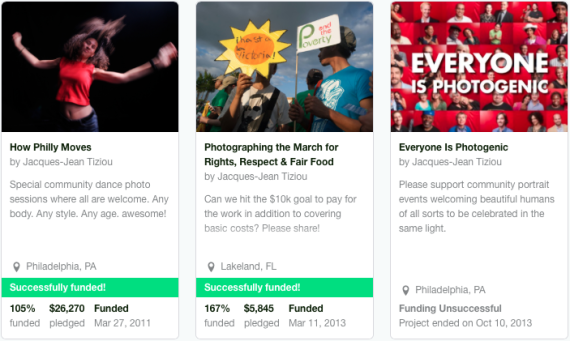
My first Kickstarter campaign raised $26,270 to fund the 2011 incarnation of How Philly Moves, thanks to an amazing 670 backers. Then I raised $5,845 in just 5 days (!) with 148 generous folk helping me get to Florida to photograph the March for Rights, Respect & Fair Food. But right after that, I was invited to photograph an amazing march that DecarceratePA was doing from Philly to Harrisburg. This was obviously something that I would have loved to do, but didn’t have the capacity for.
Realizing that it doesn’t make sense to orchestrate a crowdfunding campaign for a few thousand bucks every single time I want to support an activist cause or arts organization, I tried a more ambitious tack with my third kickstarter campaign, proposing a yearlong project that would have effectively worked as my day-job, providing some stability in a way that felt more compatible with the other projects. That campaign raised an amazing $38,735 in pledges from 870 beautiful backers, but all of that money vanished in an instant when it didn’t hit it’s funding goal.
Which brings me back to those monthly sustainers…
That small but steady pool of support is the most reliable way that I can fund this kind of work.
So this year, in conjunction with the million picture giveaway, I’m also going to do a sustainer drive, and actively try to grow that pool of people who are joining me in making this work.
Asking for help is the hardest thing, so here it is:
Please help me make this work.
Please join as a monthly sustainer for any small regular amount so that I can continue to make these images available, and continue to make (and share0 new work that is guided by my heart rather than the mainstream media market.
When I made that request of the crowd at the gathering, a dozen folks immediately stepped up. With small regular pledges ranging $3-$25/month, they’re providing me with an extra $125/month to support my non-commercial work.. Does that cover all of the costs of being a full time photographer? No. But that does buy me a shoot day when I can focus on what my heart and community value without worrying about how opposed it might be to the larger mainstream media market.
And that’s pretty awesome.
If you haven’t already, will you join them?
The million-picture-giveaway begins:
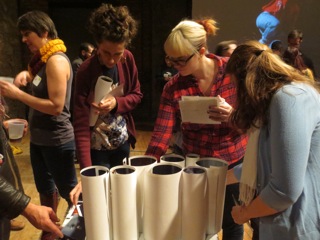
Of course, the vast majority of the million-picture-giveaway will happen electronically, but I’ve had all of these older prints sitting around in my studio and basement… why not give them away too?
On one hand, I could say that these prints of my work are very valuable, and insist on holding on to them and selling them all at my official print rates. But honestly, I’d rather make a gift of them. So I invited everyone there to go through them and take whatever they wanted.
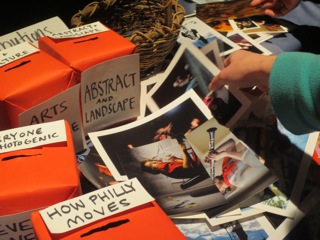
Large and small, I gave them all away.
This was doubly great: it helped me de-clutter, and also generated more that others could share as gifts… for example, see that picture of Charlotte Ford in the middle there? I’m pretty sure that Anna Drozdowski picked it up and is going to mail it to her. That’s way easier for me than trying to gift them all myself, and that’s where I’m most going to need your help with the electronic facet of this over the next year: to reach out to the folks that I’ve photographed and distribute all of the images.
How it’s all going to work:
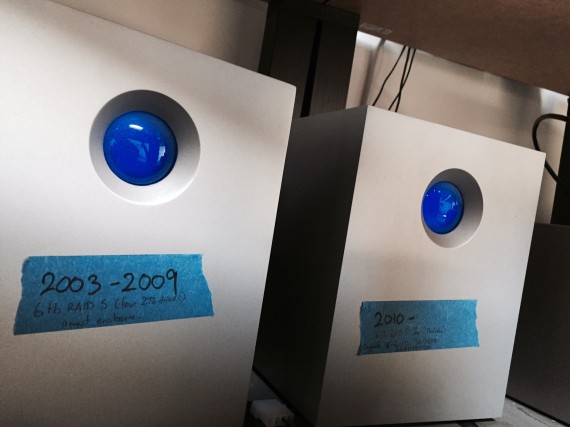
All of the images already live in my back-end archive, but it’s only recently that I’ve had the bandwidth and storage capacities to make higher res versions of everything available. Free watermarked web versions are already available, but for the next year, you can access free high res versions.
There’s a few important conditions:
- You can download images of yourselves and your loved ones, or subjects that you care about.
- This doesn’t (yet) apply to my landscape/abstract images. The offer is for images where I’ve photographed people: weddings, performances, protests, conferences, etc. (Later, if I get enough sustainers onboard to actually thrive while making this work sustainably, I’ll make *everything* available.)
- You can print them up for your own walls, but not sell them.
- You can use them on your own personal website / blog / social media page.
- I’m also including pretty broad use for artists, activists, and nonprofit organizations with revenue under $200k/yr. They are welcome to make unlimited use of images of themselves or their work in websites, social media campaigns, and regional print publications. They are also welcome to still offer payments or in-kind contributions as they see fit; I’m just not going to waste energy haggling with organizations that I actively want to support.
- THIS IS NOT A STOCK LIBRARY. Do not use an image of someone else without their permission. No consent is implied on the part of the subjects of the photographs. Sharing pictures from a protest is probably fine. Using a photo of a dancer that you’ve never worked with to promote a different dance company is definitely not. Stealing images to pretend they’re yours is *definitely* not.
- If you have any questions as to your intended use, just ask.
UPDATE: Accessing the images just got easier!
- Simply send an email to archive@jjtiziou.net with as much detail as possible about the images you’re looking for.
- I’ll make sure that the high res versions are synched into the archive and that they’re priced for free download, then I’ll send you the link.
- Once you’ve got it, you can share it with anyone else that would like to access those images.
- I’ll still ask you to consider becoming a sustainer to help me continue to be able to make and share more images in the future.
There’s a few steps involved, so here’s the checklist:
First, you’ll need to become a “member” of my community archive. There’s two ways to do that:
Regular membership:
Send an email to archive@jjtiziou.net with the subject line “membership request”.
That’s all there is to it, and you can then start helping me share these images. It’s free!Sustaining membership:
Sign up as a monthly sustainer, and I’ll automatically make you a “member” as well. Then you’ll not only be helping me share these images, but you’ll also be helping me continue to make them available beyond this year, and contributing to the creation of the next set of pictures as well!
Then you can actually start downloading images:
On top of being part of the “members” group, you’ll need to create a free Photoshelter account.
Note: you might see a weird blank screen while trying to create an account. If so, just scroll down! (it’s a browser-specific glitch that I haven’t been able to debug yet.)You’ll need a link to the gallery of images you’re looking for. Send an email to archive@jjtiziou.net with as many details as possible to help me find them. I’ll set aside time to field archive requests every two weeks.Once you have a link, feel free to share it with anyone else who would be interested in those images.The gallery will need to have high res versions synchronized in. For newer images, that’s already done. For older images, I’ll do it when I process your request.The gallery will need to have unlimited free downloads activated for the members group.
I’ll also do that when I process your request.Once it’s done for one person, any other members will be able to access those downloads too!
That’s it!
Thanks so much for joining me through this (lengthy) post.
To recap, there’s three places where I’m asking for your help:
- Sharing in the million-picture-giveaway
(by downloading and sharing images yourselves, and by spreading the word to others) - Sharing your input on my future directions
(via this quick form) - Sharing in the cost of the work that I’ll make (and share) next
(by becoming a sustainer for as little as $1/month)
Last tidbits:
Extra huge thanks to my advisory board, everyone who helped run the special shindig, and those of you who’ve already signed up as sustainers. I’m so grateful!
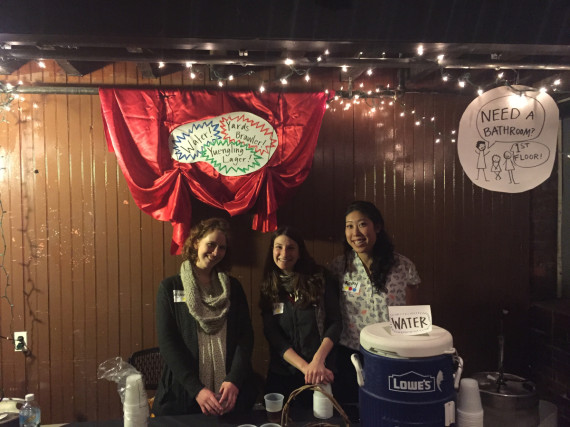
And, since this whole “giving away all of my pictures, and asking for support in helping me make and continue to give away the next ones” thing is all about moving from scarcity to abundance, here’s my improvised recipe for lentil soup for 300. If you ever need to feed a lot of people on the cheap, it makes 14 gallons!
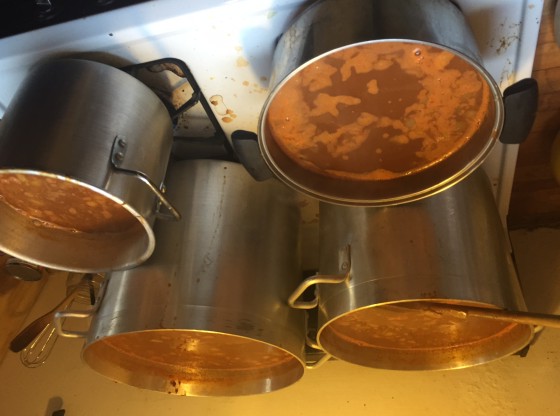
20 lbs of lentils
10 heads of garlic
12 large onions
2 big hunks of ginger
6 big one pound cans of tomato paste
2.5 containers of ‘better than bouillon’, or other veggie stock
salt, pepper, cumin and garam masala (lots)
olive oil
Chop up ginger, garlic and onions, sauté in olive oil. Add a bunch of the spices. Stir in the lentils with water / bouillon / stock. Boil for a while until they start to get soft. Add tomato paste. Keep adding water as the lentils swell, stirring as you go, and you might have to divide into multiple pots if you made as much as I did. Add more spices till it tastes yummy. Use an immersion blender to partially blend.
Order 300 philly soft pretzels to accompany it, and you’re good to go.
